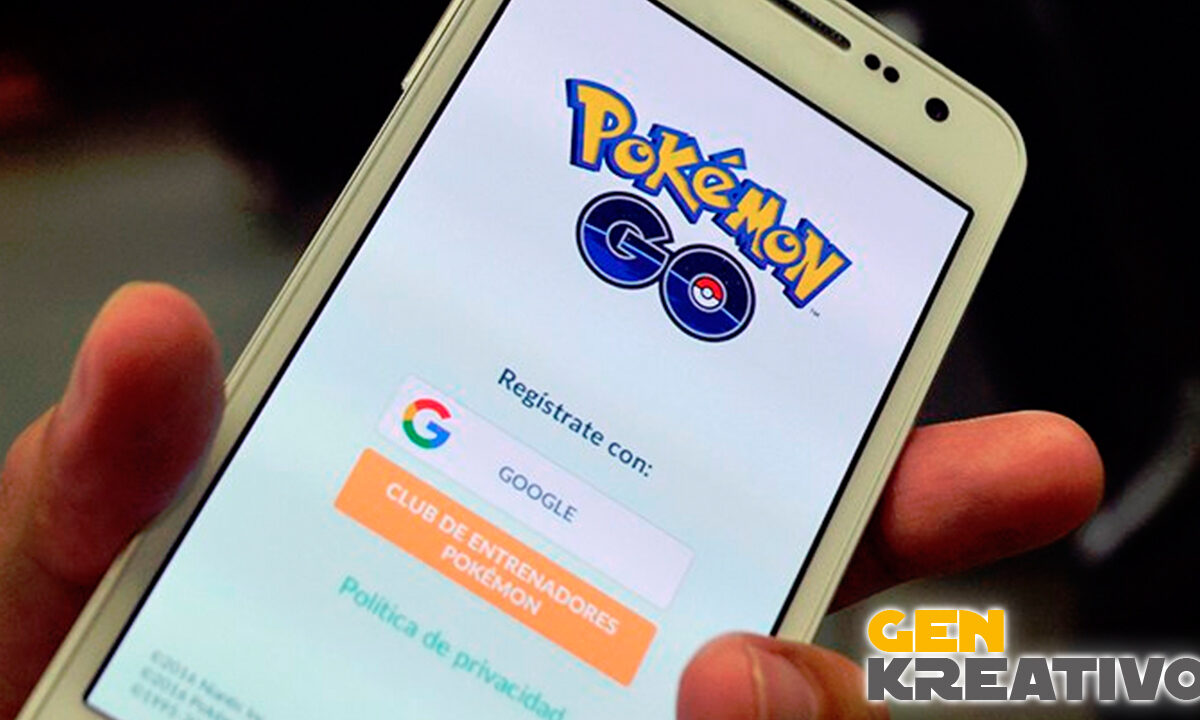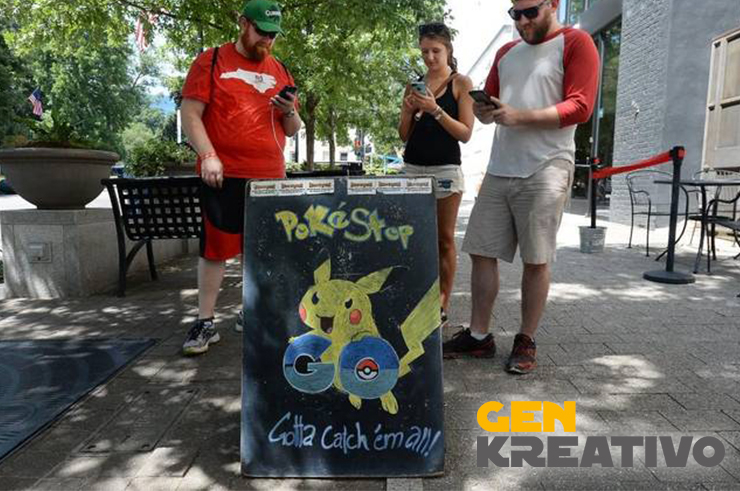“It’s Fashionable …”, “It Seems Easy …
“Come on, this is going to be a shot …”
“I set up an online store and I’ll be mounted on the dollar.”
Every day more statistics are released by experts on the growth of E-Commerce. The idea seems logical, there are less costs, I do not have to have commercials. Anyway, everyone talks about it. It seems easy.
An Online Store has to be easy, right?
Every day that goes by it does not stop surprising me the amount of people who start to create online stores thinking that it is easy. Let’s leave one thing clear. Any business is hard, requires persistence and clear ideas.
In many cases critical knowledge that is essential for the launch of the business.
The question is: Business or Hobby?
If it is Business …
A minimum level of knowledge of Online Marketing is absolutely essential if you want to have an online business. In an Offline business you can be located in a mall and have a good product and the business is almost alone. Online NO. The reality is that most fail. They have no traffic, there are bad conversions, there is a lack of control of the metrics that drive the sale.
How can you hire Online Marketing services if you do not know what you are hiring?
This is an industry full of scammers willing to charge you for SEO when what they really do is take your money every month and they are not doing anything for you, taking advantage of your lack of knowledge.
Community Managers taking advantage of absurd fashion… And even the neighbor next door is a community manager, with a license to sell smoke.
And when you ask for tangible results, you only hear: “… No, no, social media does not measure ROI, it is measured by engagement, community …”. In short, and many other words.
You Need Knowledge
The other day a person interested in working with my agency told me: “In my online store there will be music, it will be different”.
I told him: “In your online store what there must be are sales. First, sell and then, if you want, we’ll talk about music. “
When you are not clear about what works in Online Marketing, it is very easy to focus on elements that are not important, sacrificing what really is important. Many mistakes are made with online stores. Here you have 10 of the most frequent errors that I see.
1. Do not work the sales and navigation process
Before putting on music, before creating carousels with beautiful images … Get to optimize the sales and navigation process. Use some Analytics with a behavior code like Crazy Egg and see what your website visitors do based on the heat maps.
Define a clear objective and optimize your metrics. It’s about selling, and when you have this before you can start buying traffic to scale your business.
2. Your home is to sell not just an image
The home of your online store is a showcase. Many entrepreneurs of online stores believe that the function of the home is to show how beautiful your website is. Bad idea … The function of the home is to sell. Be clear, in exact steps, what you want people to do when they go to your website.
3. Think you design once and never again
99% of the owners of online stores believe that the work is done by activating the online store when, really, you launch an online store and, depending on the feedback on sales, conversions and interaction with the web, now you must be doing redesigns to optimize your website.
4. Not having a plan to optimize the store
A good optimization plan can be one of the most effective and cheapest Online Marketing weapons for an online store. Most people who launch a website do not take the time to follow a plan that, month by month, allows optimizing the web to increase sales. They become obsessed with more traffic instead of, before, optimizing conversions.
5. Wait until the organic traffic arrives
SEO traffic takes. Also, it’s a very bad idea to rely 100% on free traffic. Online entrepreneurs ready, they diversify the risk and do not depend only on a source of traffic, but they work more traffic weapons.
6. Do not understand that the texts are the commercial ones of the Online Store
It may be that you do not have commercials in your online store, but the texts are the same as your commercials, and they sell to you and your product. You have to put a little heart and good copy behind … It is not to be taken lightly, because it can be the difference that you sell or not.
7. Being without a plan to segment the database between non-buyers / buyers / and product segments
The E-Commerce business is in the list of emails; Therefore, the better the segmentation, the more sales you will generate. There are many who set out to create an online store business without taking into account that the key is in its list of non-buyers and buyers, its most important asset.
8. Create more steps than necessary in the purchase process
In your offline store would you put obstacles before going to the cashier? This is just what many do in their Online Store. They create a lot of obstacles that lower conversions. The idea is to make it easy, not difficult. Analyze your sales process and ask yourself: Could a 6-year-old boy navigate here? If not, make changes.
9. Not having a long-term strategy to acquire clients
It is always easier to sell to a happy customer than to capture a new customer. The E-Commerce business is in acquiring clients. The more customers you have and the more repeat purchases you have, the more solid your business is. Having this clear, incorporate the metric controls to go measuring these two data is essential. You must be willing not to make money in the first transaction and then recover it in the following transactions.
And The Most Important Error
10. Not having a Marketing and Investment Plan to start the store
Having an E-Commerce business that works is a serious business, it’s not a hobby. If you are not willing to create an online store in conditions, with a design that sells, an aspect of branding and an investment in the launch, better not do it. Yes. You have to invest in SEO, in Adwords, in having a CRM, and whatever it takes to make the business work.
When you tell people that they have to invest in Online Marketing to make their Online Store work, it bothers them. They tell you that you do not know… That there is something called social networks and that this does not require investing.
If your intention is to launch an online store and wait for them to come… Of course they can already accommodate themselves, because they will wait a long time.
It’s a bad idea to go against the laws of gravity. To think that you can fly does not change the fact that, if you jump from a skyscraper, very, very bad things happen.
This is not complicated. It’s not much different than an offline business. You have to invest, you have to sell, you have to measure your ROI, look at the numbers. And you must scale what works.













